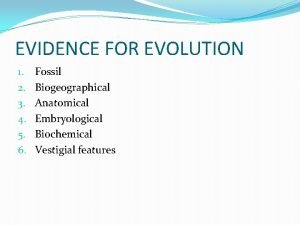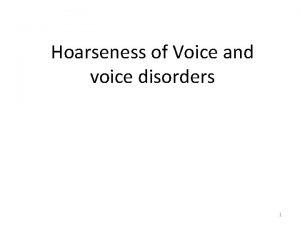fo s n o i t plica e

















- Slides: 17

fo s n o i t plica e Im l b i s s Po ? e e? f i n L o y f r o ve ty i E l a r u o f Q d ek n e a W h t g l ea kin r H o l a W t r n e e t r M o , h g AS ein b l l e W 9 1 0 2 E S SA Dr Daiga Kamerāde (University of Salford) Senhu Wang Dr Brendan Burchell Dr Ursula Balderson Dr Adam Coutts (University of Cambridge) r

Overview ® The benefits of employment ® economic, social, psychological. ® WHY is paid work important? ® What are the options IF 15% or 50% of jobs disappear? ® Redistribution of work and income ® Minimal and Optimal Dose of Work

Theory: Jahoda (1907 -2001) ® Marie Jahoda‘s latent functions theory ® Employment is a social institution which fulfils intended manifest functions (income) and unintended latent functions (psychological requirements). ® The loss of these characteristics of paid work has an impact on the individual‘s well-being

Robots and Machine Learning taking over our jobs before 2035. Job losses 50% or 15% or 0%? Rapid change Policy response? Invent new jobs? Mass Unemployment

Psychological consequences of unemployment Loss of Latent Consequences of Employment: ® ® ® Time structure Social contact outside of Family Collective Purpose Status & Identity Regular enforced activity

Research questions What is the minimum amount of paid employment needed to deliver some or all of the well-being and mental health benefits that employment has been shown to bring? ® What is the optimum number of working hours at which the mental health of workers is at its highest? ®

Data: ® UK Household Longitudinal Study (20092018) data from individuals aged between 16 and 64. ® The analytical sample was 156, 734 personwave observations from 84, 993 unique persons of whom 71, 113 had two or more measurement times ® Weekly working hours one is expected to work ® GHQ-12, SF-12 and life satisfaction

Results: Fixed Effects. Mental Health (GHQ-12)

Results: Fixed Effects. Mental Functioning (SF-12)

Initial results, May 2019 Fixed Effects. Life Satisfaction

Ongoing study: research question ® What is the relationship between quantity and quality of job?

Analyses with EWCS ® Cross-Sectional analyses using WHO 5 ® Same effects of hours of work ® Job Quality is much more important than hours of work.

Ongoing study: ALMPs and wellbeing ® Men in paid employment (independently on the nr of hrs) have lower levels of mental distress than the men involved in ALMPs. ® Among women, those who are in ALMPs have the same levels of mental health than those who are in paid employment.

Ongoing study: Qualitative Analyses ® Individuals who work substantially less than “Full Time” (N=35 so far, unanalysed) ® Many who have some other collective purpose – climbing, music … ® Some work for money, some for wellbeing ® Optimal? 2 -3 days per week.

Ongoing questions Why haven’t we reduced hours as productivity increased over the past 100 years (or why was Keynes wrong about 15 hours)? ® What new working time patterns would best suit individuals/society? ® Five hour days? ® Five day weekends? ® One months on, two months off? ® Changing nature of leisure in a short-hours society? ®

(one thing alone can we predict with confidence: that those who predict the future are invariably wrong)

For more details see: This presentation: ® Kamerāde, D, Wang, S, Buchell, B, Balderson, U and Coutts, A 2019, 'A shorter working week for everyone : how much paid work is needed for mental health and well-being? ' , Social Science and Medicine. (Online first) https: //doi. org/10. 1016/j. socscimed. 2019. 06. 006 ® Project website: https: //www. cbr. cam. ac. uk/researchprojects/the-employment-dosage-how-much-work-isneeded-for-health-and-wellbeing/ ® Follow us @Dosage. Project ®
 Raphe palatina
Raphe palatina Fissura scalenorum
Fissura scalenorum Plica semilunaris bump
Plica semilunaris bump Nodi submandibularis
Nodi submandibularis Trigonum vesicae
Trigonum vesicae Tuberculum epiglottica
Tuberculum epiglottica Ligamento mucoso rodilla
Ligamento mucoso rodilla Folliculi lymphatici aggregati nedir
Folliculi lymphatici aggregati nedir Linea paravertebralis
Linea paravertebralis Ductus epididymis
Ductus epididymis Plicae circulares
Plicae circulares Plica ventricularis
Plica ventricularis Recessus pubicus
Recessus pubicus Fascia vesicoumbilicalis
Fascia vesicoumbilicalis Gonocyty
Gonocyty Lig hyoepiglotticum
Lig hyoepiglotticum Dysphonia plica ventricularis ppt
Dysphonia plica ventricularis ppt Plica nasolabialis
Plica nasolabialis























